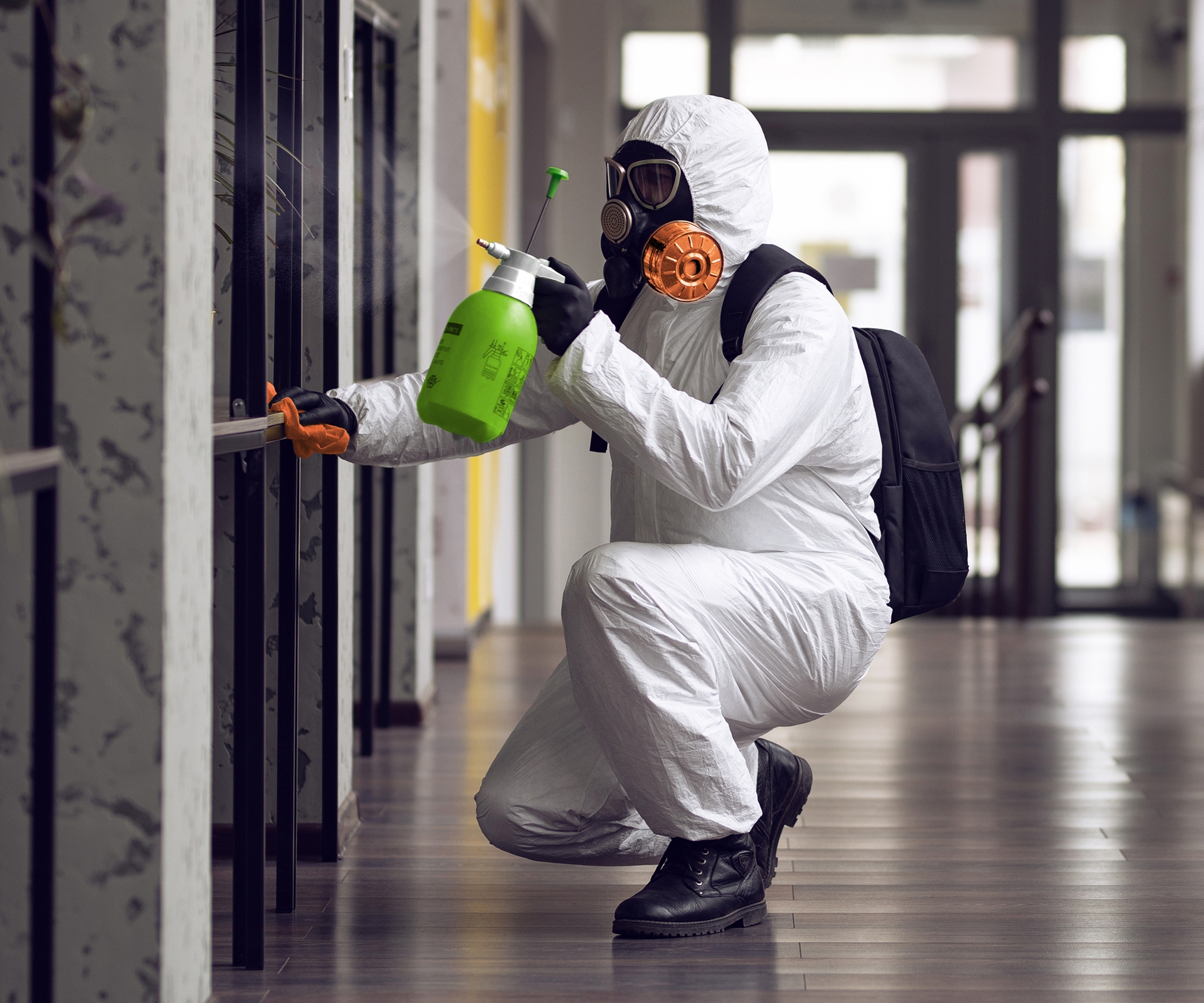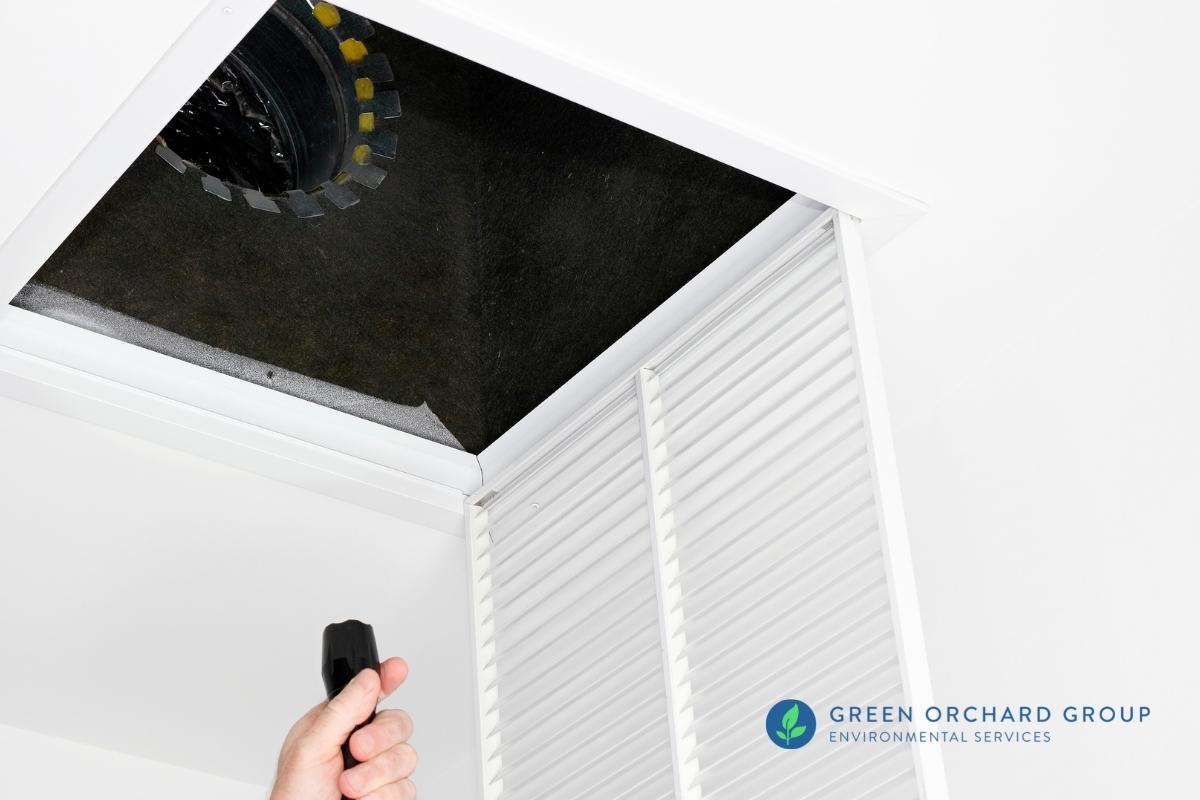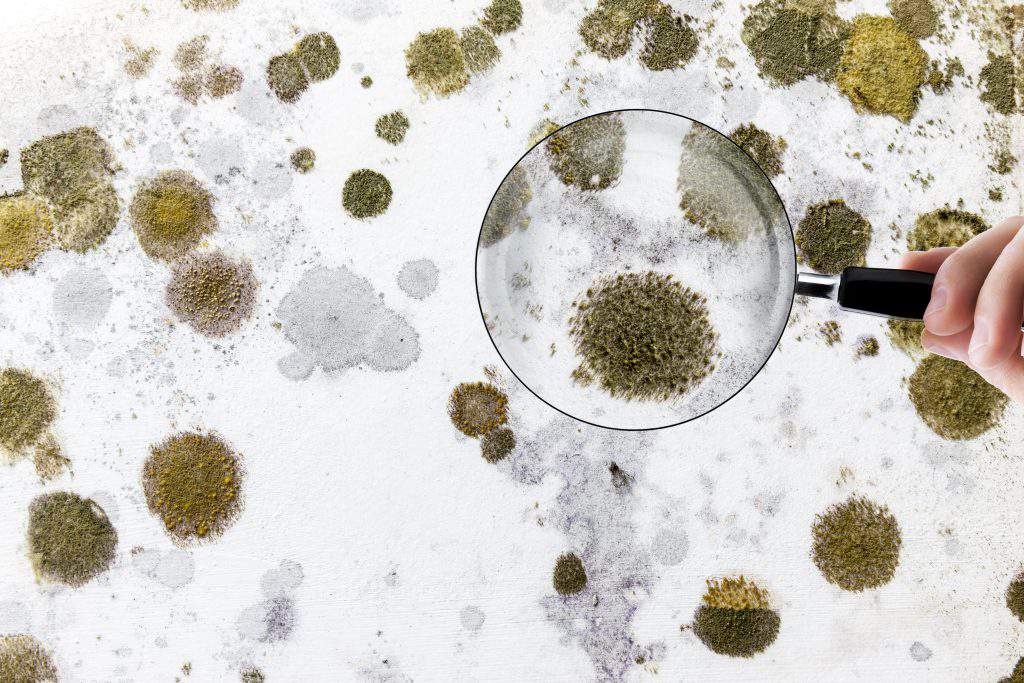Comprehensive Post Mold Remediation Procedures
Comprehensive Post Mold Remediation Procedures
Blog Article
Effective Message Mold Removal Solutions for Your Home
Mold and mildew growth in homes can be a consistent concern, commonly requiring a systematic technique for reliable post-remediation services. From comprehending the factors that contribute to mold advancement to executing proper cleansing strategies and dampness control procedures, the process can be elaborate yet vital for keeping a healthy living environment. After mold remediation.
Recognizing Mold And Mildew Growth Elements
The main factor contributing to mold growth is dampness. Mold spores need moisture to sprout and prosper, making moist or moist atmospheres highly at risk to mold problems.

Furthermore, air movement and light direct exposure can influence mold development. Areas that do not have correct ventilation and all-natural light are a lot more vulnerable to mold advancement. By dealing with these factors thoroughly, individuals can successfully reduce mold development and secure their living environments.
Correct Mold Cleaning Strategies
Utilizing reliable cleaning methods is crucial in protecting against the recurrence and attending to of mold and mildew contamination in interior environments. When dealing with mold and mildew, it is crucial to focus on safety and security by wearing protective equipment such as handwear covers, safety glasses, and masks. The very first action in appropriate mold cleaning is to contain the afflicted location to avoid the spread of spores to unpolluted locations. This can be attained by sealing the area and making use of air scrubbers or unfavorable air machines to preserve air top quality.

Executing Moisture Control Procedures
To efficiently stop mold development and contamination in indoor settings, applying wetness control measures is paramount. In addition, making sure proper air flow in locations susceptible to moisture build-up, such as kitchens and washrooms, can aid minimize the threat of mold development. By faithfully carrying out these dampness control steps, homeowners can successfully decrease the probability of mold and mildew recontamination and keep a healthy indoor setting.
Making Use Of Natural Remediation Solutions
After successfully carrying out dampness control actions to stop mold and mildew growth in indoor settings, homeowners can currently explore the efficiency of all-natural removal services in preserving a healthy and balanced living room. Natural removal remedies utilize eco-friendly approaches to battle mold and mildew, making them a preferred selection for those looking for non-toxic options. One such option is making use of vinegar, a natural antimicrobial agent, to tidy and disinfect surface areas infected by mold. Simply weaken vinegar with water and spray it onto the influenced locations, allowing it to sit for a few hours prior to wiping tidy. Additionally, tea tree oil, understood for its antifungal homes, see this here can be blended with water and splashed onto mold-infested surfaces to inhibit additional growth. An additional natural option is hydrogen peroxide, which can efficiently kill mold on various surfaces without leaving damaging residues behind. By integrating these all-natural remediation solutions right into their cleansing regimens, home owners can properly battle mold and mildew development while promoting a much healthier indoor environment for themselves and their family members.

Keeping a Mold-Free Environment
Regularly inspecting locations susceptible to mold growth, such as shower rooms, cooking areas, attic rooms, and basements, is vital. Appropriate ventilation in areas with high moisture degrees is likewise key to avoiding mold growth.
In addition, maintaining cleanliness in the home is important for mold and mildew avoidance. Keeping indoor plants in check and ensuring appropriate drain in exterior landscape design can minimize moisture build-up, lowering the probability of mold and mildew infestations.
Conclusion
In conclusion, it is necessary to address mold and mildew growth variables, utilize proper cleansing techniques, carry out moisture control actions, use natural removal solutions, and keep a mold-free environment in order to properly deal with post mold and mildew remediation in your house - Post Mold Remediation. By complying with these strategies, you can stop mold from recurring and make sure a healthy living atmosphere for you and your family members
The primary aspect adding to mold development is moisture. Mold and mildew spores require moisture to grow and germinate, making wet or humid environments highly prone to mold and mildew infestations.To efficiently protect against mold growth and contamination in indoor atmospheres, applying Look At This wetness control procedures is extremely important. In addition, making sure correct air flow in locations prone to moisture buildup, such as shower rooms and cooking areas, can help decrease the threat of mold and mildew growth.After successfully executing wetness control actions to protect against mold growth in interior settings, property owners can currently check out the performance of all-natural removal solutions in maintaining a healthy living area.
Report this page